CURATORIAL STATEMENT
Before I beheld these historical metalworks, they felt familiar. My grandmother’s apartment featured posters, books, and figurines that reflected her love of Egypt and other ancient African civilizations. When she told stories of my Egyptian and enslaved ancestors, these surroundings lent substance and dimension to her narratives, amplifying their imprint on me. When I was slow to learn how to read, my mother gave me books that documented the experiences of African Americans who visited Africa, inviting me to follow in their footsteps. The history and material culture of the African continent have been fundamental to my sense of my own Blackness. Now, they feed my intellectual desire for a conscientious curatorial approach to Africa’s history from within the context of the Black Diaspora.
All museum collections, not just those of African art, were made under conditions of colonialism. But the histories of displacement and dispossession under which these metalworks have lived mean that many of their stories are beyond our reach. Few makers’ names are recorded, leaving us with, at most, attributions to ethnic groups or geographical regions. Because of absent or limited provenance, we are unable to trace the hands through which these objects have passed on their journeys to arrive here. These absences further reinforce the critical importance of African and Black Diasporic perspectives on and approaches to historical African art and material culture.
In addition to offering insight on current ways of viewing and seeing the world, the exhibited contemporary works in SIGHTLINES act as portals into past material worlds that were crafted and preserved through the metal arts of Africa. Connecting these worlds through scholarship, exhibition design, and community engagement is pivotal to Bard Graduate Center’s broadening approach to the decorative arts, design history, and material culture.
—Drew Thompson
CURATORIAL STATEMENT
Before I beheld these historical metalworks, they felt familiar. My grandmother’s apartment featured posters, books, and figurines that reflected her love of Egypt and other ancient African civilizations. When she told stories of my Egyptian and enslaved ancestors, these surroundings lent substance and dimension to her narratives, amplifying their imprint on me. When I was slow to learn how to read, my mother gave me books that documented the experiences of African Americans who visited Africa, inviting me to follow in their footsteps. The history and material culture of the African continent have been fundamental to my sense of my own Blackness. Now, they feed my intellectual desire for a conscientious curatorial approach to Africa’s history from within the context of the Black Diaspora.
All museum collections, not just those of African art, were made under conditions of colonialism. But the histories of displacement and dispossession under which these metalworks have lived mean that many of their stories are beyond our reach. Few makers’ names are recorded, leaving us with, at most, attributions to ethnic groups or geographical regions. Because of absent or limited provenance, we are unable to trace the hands through which these objects have passed on their journeys to arrive here. These absences further reinforce the critical importance of African and Black Diasporic perspectives on and approaches to historical African art and material culture.
In addition to offering insight on current ways of viewing and seeing the world, the exhibited contemporary works in SIGHTLINES act as portals into past material worlds that were crafted and preserved through the metal arts of Africa. Connecting these worlds through scholarship, exhibition design, and community engagement is pivotal to Bard Graduate Center’s broadening approach to the decorative arts, design history, and material culture.
—Drew Thompson


